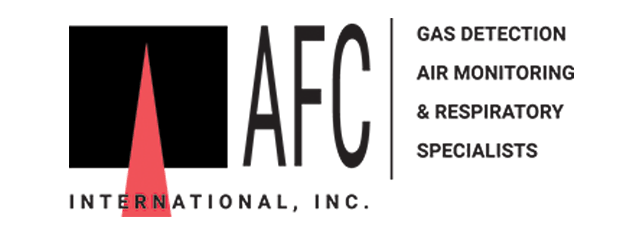Chemical Hazard of the Month

Acrolein C3H4O
Acrolein is a highly toxic and combustible chemical. The name is a contraction of ‘acrid’ (referring to its pungent smell) and ‘oleum’ (referring to its oil-like consistency). In the 20th century, acrolein became an important intermediate for the industrial production of acrylic acid and acrylic plastics.
Acrolein is mainly used as a contact herbicide to control submersed and floating weeds, as well as algae, in irrigation canals. It is used at a level of 10 ppm in irrigation and recirculating waters. In the oil and gas industry, it is used as a biocide in drilling waters, as well as a scavenger for hydrogen sulfide and mercaptans.
Acrolein is toxic and is a strong irritant for the skin, eyes, and nasal passages. Acrolein is a relatively electrophilic compound and a reactive one, hence its high toxicity. US Occupational Safety and Health Administration has set a permissible exposure limit at 0.1 ppm at an eight-hour time-weighted average. Acrolein acts in an immunosuppressive manner and may promote regulatory cells, thereby preventing the generation of allergy on the one hand, but also increasing the risk of cancer.
Boiling point 53 °C
Flashpoint −26 °C
LEL Range 2.8-31%
Vol IDLH 2 ppm
Source: Wikipedia

